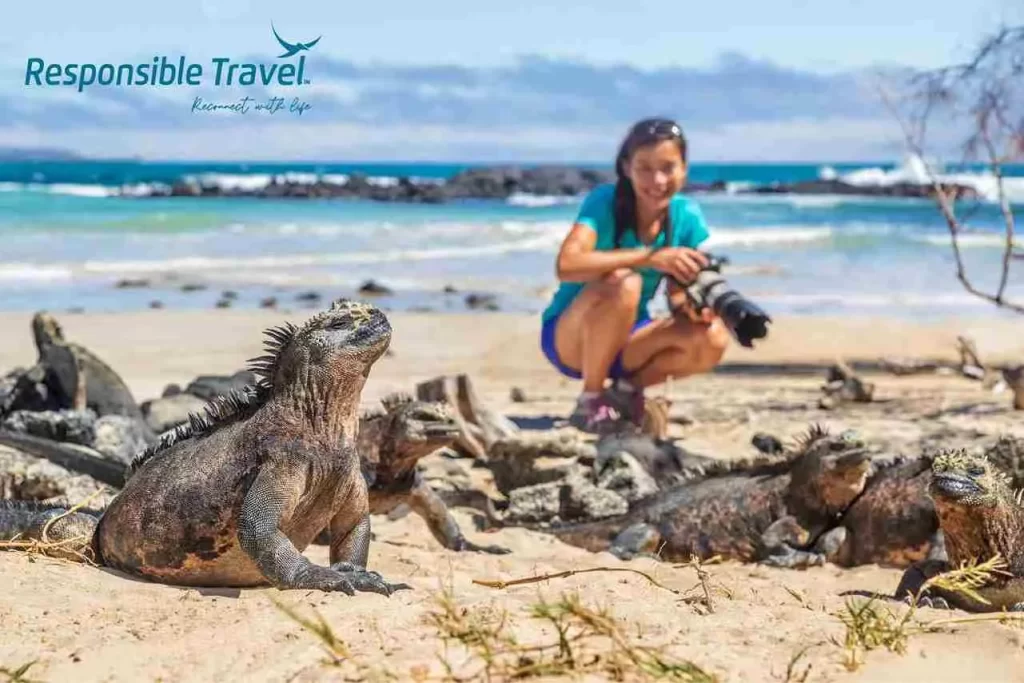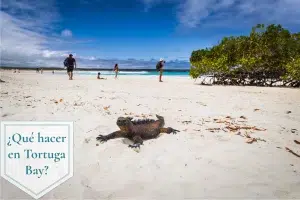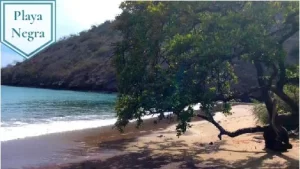Una de las experiencias y actividades más enriquecedoras en Galápagos es la observación de the wild life. Here, wildlife is presented in its purest and most authentic form. From the majestic giant tortoises that give the islands their name to the curious marine iguanas that seem to have emerged from a prehistoric world, visitors can come face to face with wildlife in their natural habitat. Sea lions play on the beaches and exotic birds fill the sky, creating an unforgettable spectacle.
These volcanic islands, famous for their influence on the theory of evolution of Charles Darwin, offer a wide range of activities that allow visitors to immerse themselves in an environment of exceptional biodiversity. The Galapagos Islands, located in the Ecuadorian Pacific, are a natural treasure and a unique destination in the world.

How many days is it advisable to stay in Galapagos?
For a complete and enriching experience in the Galapagos Islands, a 7-day stay is recommended. However, if you have the flexibility and interest, a longer stay will allow you to immerse yourself even more in this amazing natural environment and observe a greater diversity of wildlife and landscapes. Be sure to plan your itinerary and activities in advance to make the most of your time in this unique destination.

What can you find in the Galapagos Islands?
The Galapagos Islands are known for their amazing biodiversity and its importance in Charles Darwin's theory of evolution. Here you can find a wide variety of flora and fauna unique in the world. Some of the main attractions you can find in the Galapagos Islands include:
Giant Tortoises: The famous giant tortoises of Galapagos are one of the most iconic symbols of the archipelago. Each island has its own subspecies of giant tortoise, and you can observe them in their natural habitat.
Land Iguanas: These iguanas are unique in the world, as they have developed the ability to swim and feed in the sea. You can see them sunbathing on the beaches and diving for seaweed.
Sea Lions: Sea lions are abundant on Galapagos beaches and often interact in a friendly manner with visitors. You can see them swimming in the water and resting on the sand.
Exotic birds: The Galapagos Islands are home to a variety of unique birds, such as the blue-footed booby, flightless cormorants and the iconic Darwin's finch. Each island is home to its own endemic bird species.
Sharks: The waters around the islands are home to several species of sharks, including hammerheads and reef sharks. You can observe them while diving or snorkeling.

Activities in the Galapagos
Snorkeling and Diving:
Snorkeling and scuba diving in the crystal clear waters of the Galapagos offer the opportunity to explore a truly amazing underwater world. Beneath the surface lies a kingdom of vibrant corals and sea creatures, from dazzlingly colorful fish to sharks and sea turtles. Interacting with this underwater life is an experience that immerses you in an aquatic universe of beauty and diversity.
Hiking
Para aquellos que prefieren tierra firme, el senderismo es una de las actividades esenciales en Galápagos. Las rutas de senderismo te llevan a través de paisajes impresionantes y te brindan la oportunidad de explorar la flora y fauna local. Puedes caminar por campos de lava solidificada, ascender a cráteres volcánicos y descubrir una variedad de especies de aves y plantas únicas que han evolucionado para sobrevivir en este entorno desafiante.
Cruises
Cruises are another popular option for exploring the Galapagos Islands in their entirety. These trips allow you to visit multiple islands and sites of interest, offering a more complete perspective of the region's geographic and ecological diversity. From the comfort of a ship, travelers can enjoy scenic views and daily adventures on land and sea.
Recommendations for visiting the Galapagos Islands
Respect for nature: Respect conservation regulations and visitor guidelines. Don't touch or feed wildlife, don't get too close and don't leave litter.
Do not bring plants or animals: Do not take any of the islands' flora or fauna with you. This can introduce invasive species that threaten the natural balance.
Pack responsibly Take everything you bring with you. Do not leave trash or traces of your visit. Use biodegradable personal care products.
Appropriate clothing: Bring appropriate clothing and footwear for outdoor activities, such as hiking and snorkeling. Also bring warm clothes for the evenings, as the weather can be cool.
Sufficient time: Plan to stay at least 5-7 days to make the most of what the islands have to offer.
Keep your distance: Respect the distance to wildlife and don't get too close. This helps protect both the animals and yourself.
Participa en actividades sostenibles: Choose tour operators and excursions that have sustainable practices and respect conservation regulations.

FAQ
Snorkeling, boat rides, gentle hikes and wildlife watching are all kid-friendly activities. The islands are an excellent family destination.
Yes, some areas may be restricted to protect wildlife and the ecosystem. Follow the directions of your guide.
You must respect environmental regulations, such as not touching or feeding wildlife, keeping a safe distance and not collecting plants or animals.
You can support conservation by following regulations, choosing sustainable tour operators and learning more about conservation efforts at research stations.





